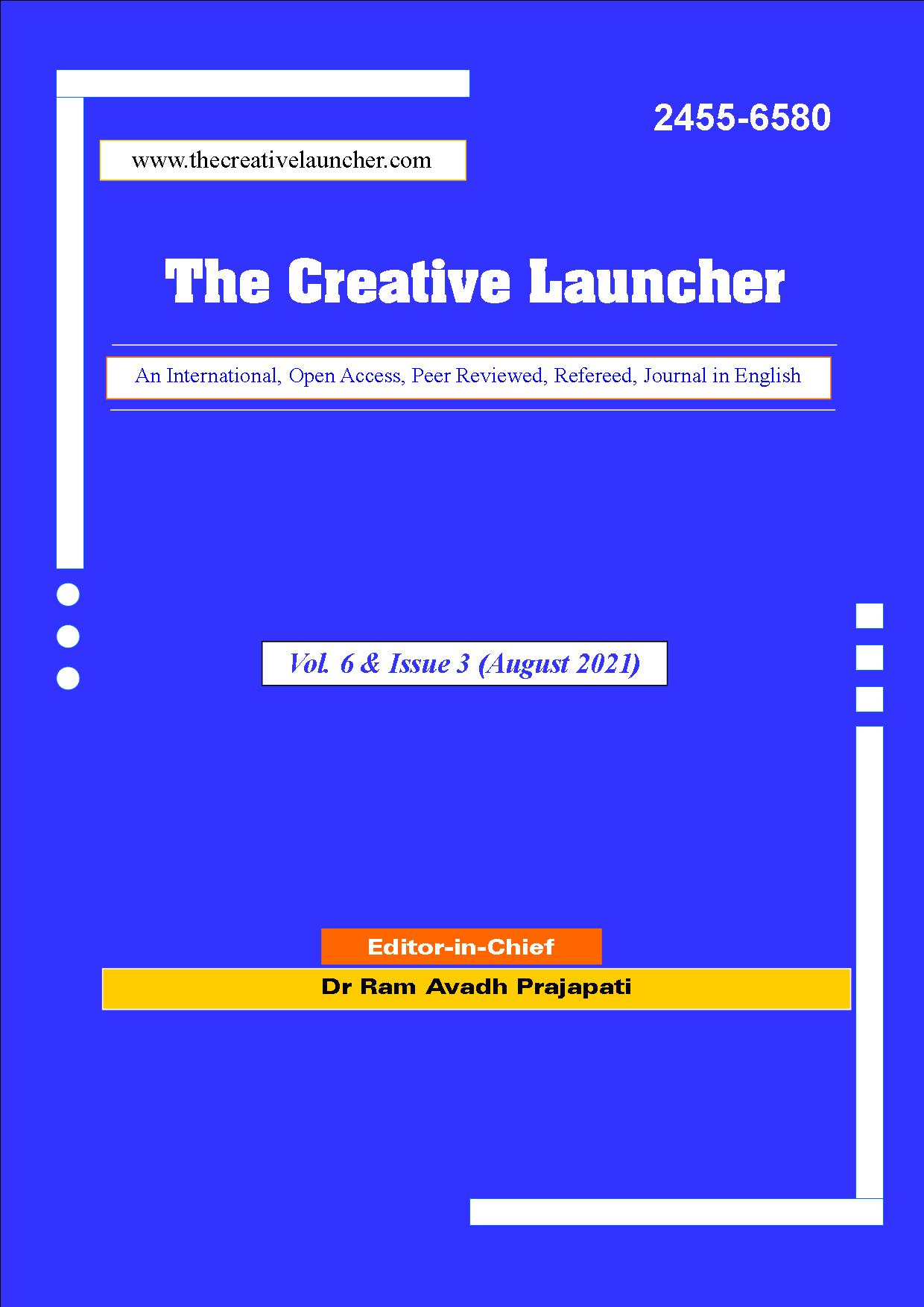Representation of Indian Religion in the Short Stories of Ruth Prawer Jhabvala
Main Article Content
Abstract
India, with its plethora of religions and cultures, has been an enigmatic place for foreigners. Hinduism, a way of life more than being a religion (as proclaimed by the Supreme Court of India), has often been misunderstood by outsiders. Sometimes a biased attitude is reflected in the literature produced by these foreigners. A person like Thomas Babington Macaulay, who himself admitted that he had no knowledge of Sanskrit or Arabic, had the foolish courage of saying that a single shelf of a good European library was worth the whole native literature of India and Arabia. In this paper we shall analyze the representation of religion in the short stories of Ruth Prawer Jhabvala.
Downloads
Metrics
Article Details

This work is licensed under a Creative Commons Attribution-NonCommercial-NoDerivatives 4.0 International License.
References
Jhabvala, R. P. “Expiation,” East Into Upper East. Abacus publications, 2000
. . . . “Farid and Farida.” East Into Upper East. Abacus publications, 2000
. . . . “How I Became a Holy Mother.” How I Became a Holy Mother and Other Stories. John Murray, 1976
. . . . “Myself in India.” An Experience of India. John Murray, 1971
. . . . “The Sixth Child.” Like Birds, like Fishes: and Other Stories. John Murray, 1963
. . . . “The Widow.” Like Birds, like Fishes: and Other Stories. John Murray, 1963
. . . . “Lekha.” Like Birds, like Fishes: and Other Stories. John Murray, 1963





